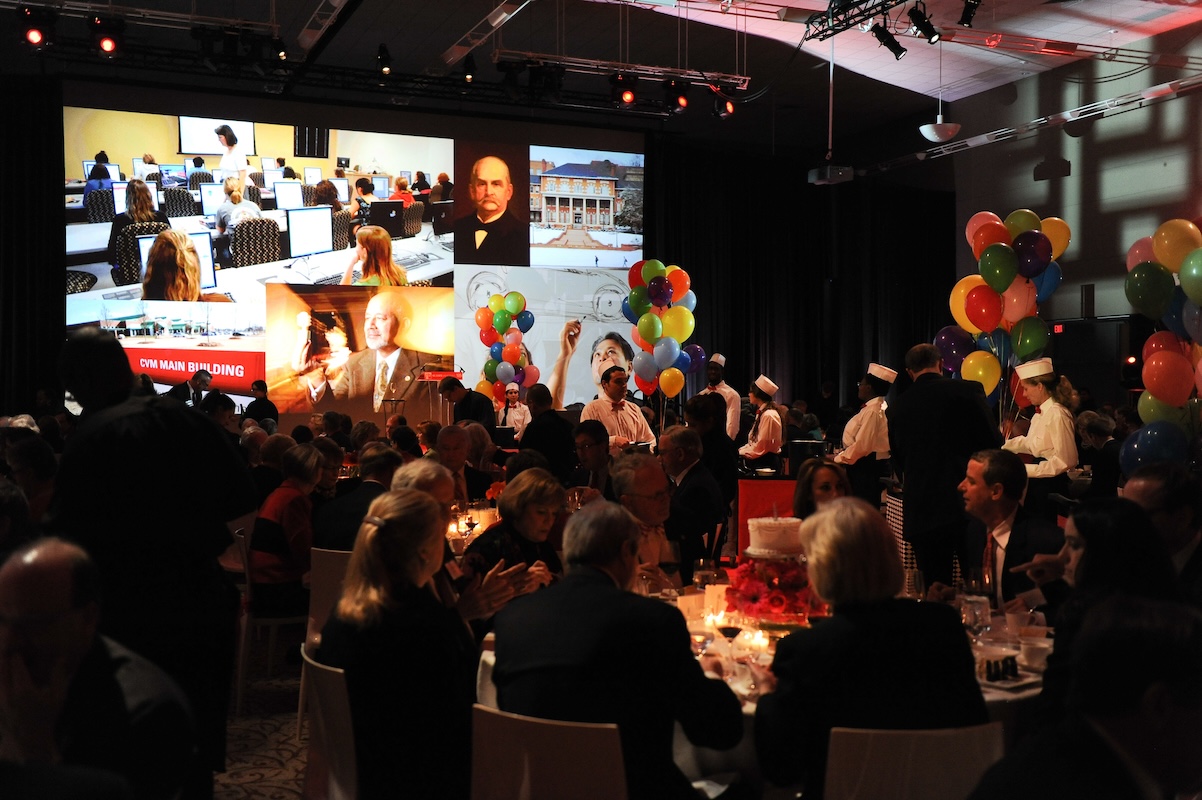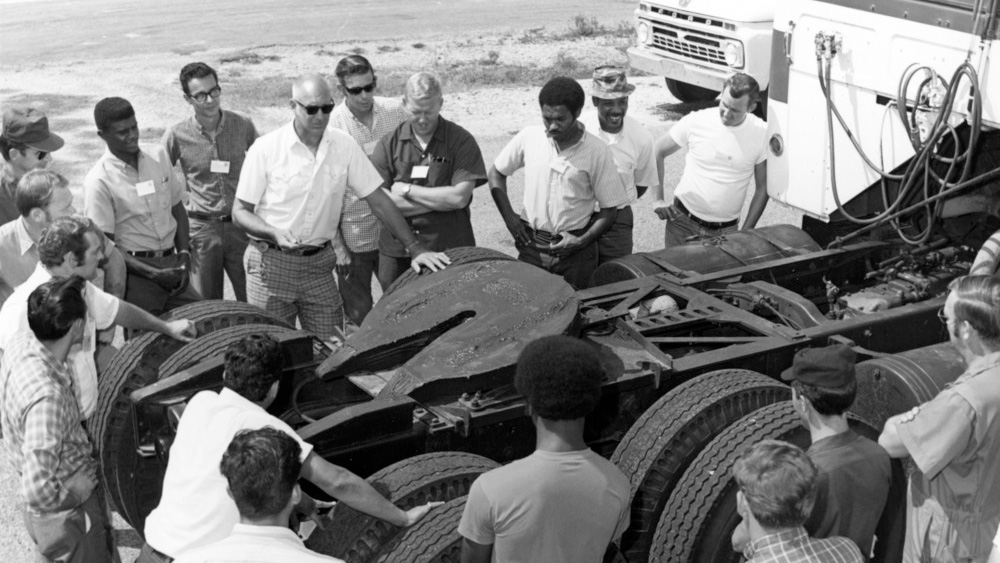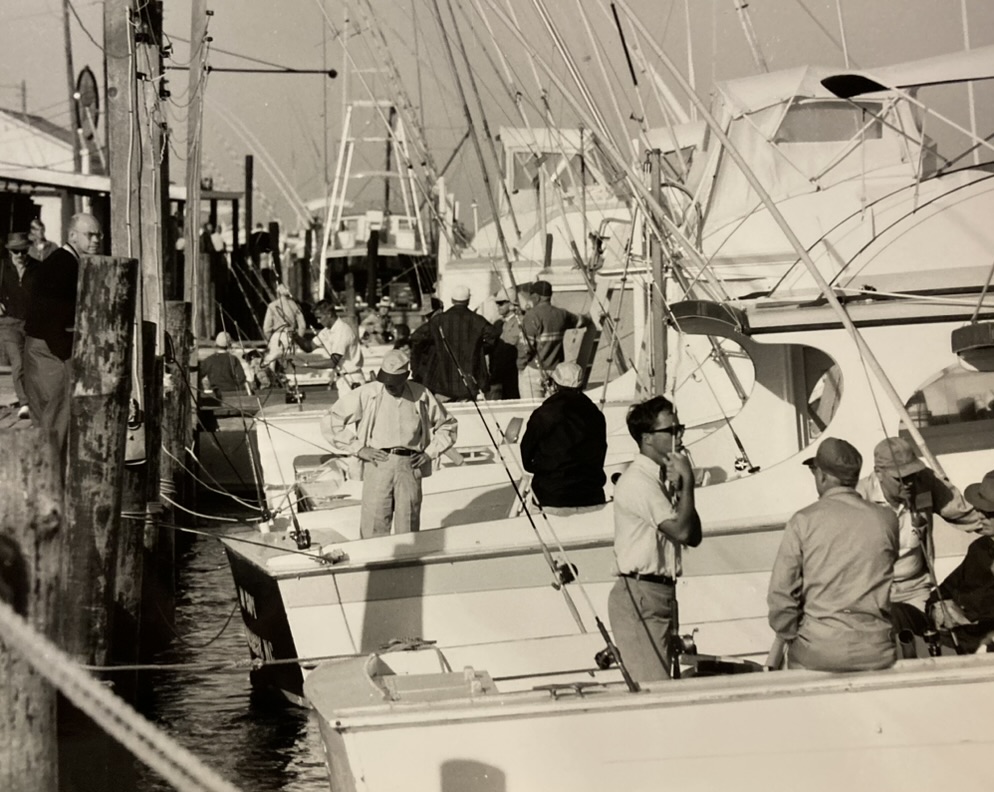1924 – 1948
The First 25 Years of NC State's College Extension Division
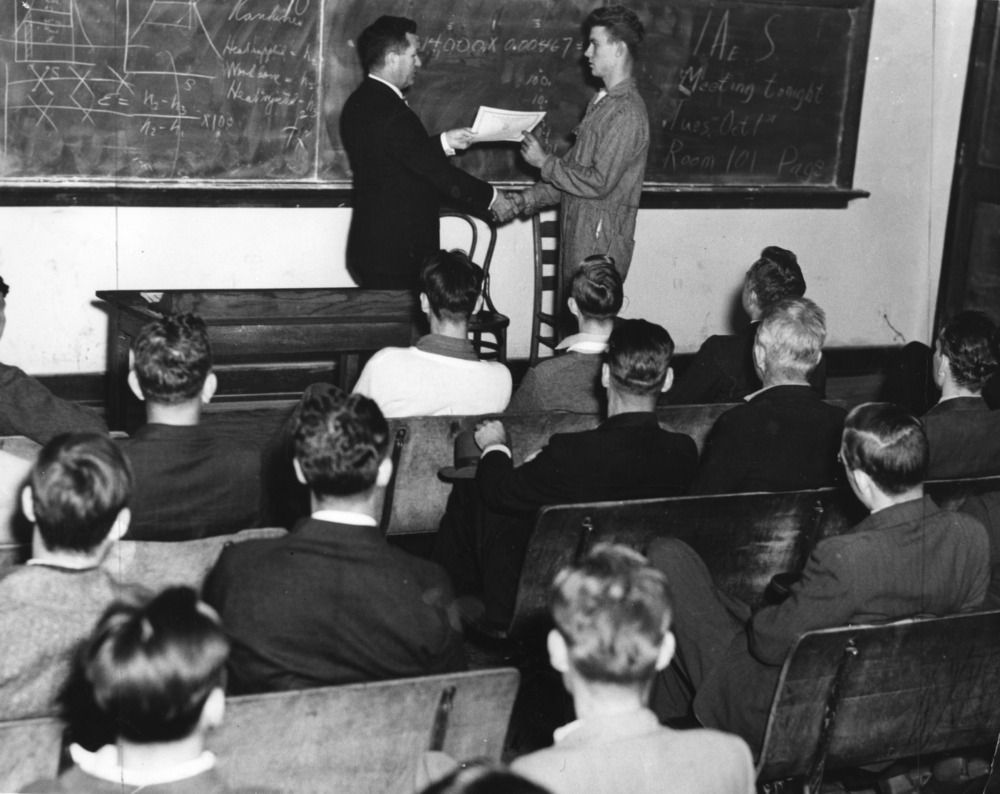
NC State Continuing and Lifelong Education is celebrating its 100th anniversary in 2024. As part of the celebration, stories highlighting the division’s history will be shared throughout the year. This first installment highlights how the division got its start as the College Extension Division.

What is now called NC State Continuing and Lifelong Education was founded in April 1924 as the College Extension Division. Since its founding, the division has had different names and reporting lines, and programs and units have come and gone. But what has never changed in 100 years is its mission to form extension and continuing education partnerships to serve the public in North Carolina and beyond.
The idea for an extension division got its start in 1923 when W.C. Riddick, the president of what was then called North Carolina State College of Agriculture and Engineering, sought the help of education consultant George Zook, who worked for the U.S. Bureau of Education. Zook traveled to Raleigh, surveyed the existing organizational structure, and issued a report with recommendations for restructuring State College. The final report, issued in the spring of 1923, included a recommendation to offer general extension courses and hire staff to coordinate this work. There had been a developing view that the extension work of land grant institutions should extend beyond agricultural cooperative extension, to training for industry and professional groups. A limited number of extension courses focused on business needs were already being offered by the individual college departments.
When Eugene Clyde Brooks became president of State College in June 1923, he began implementing many of Zook’s recommendations. In April 1924, Frank Capps was named director of the College Extension Division. Capps had been at the college since 1922, administering the federal rehabilitation program for disabled veterans of World War I.

The division was officially founded on July 1, the start of the fiscal year. During its first year of operation, it enrolled 461 students in correspondence and short courses, which were developed in partnership with campus units and industry. In his 1924-1925 report to the Board of Trustees, President Brooks stated that the division’s “primary purpose … is to extend to the people of the State, through systematic instruction, the benefits of the teaching and research activities of State College.”
State College faced budgetary challenges throughout the 1920s and 1930s. In a cost-saving move, in 1926 President Brooks gave Capps the additional responsibility of heading the college library, despite his lack of librarian credentials. As the Extension Division programs and enrollments grew, Edward Ruggles became assistant director of extension in 1928. Ruggles had joined the Electrical Engineering faculty in 1926 and was one of the instructors for the Electric Meter School, a program that the division still coordinates today. In 1933, Frank Capps resigned as director of the library and director of the Extension Division. Edward Ruggles succeeded Capps in 1934, and in that 10th year of existence, the division served approximately 2,000 people.
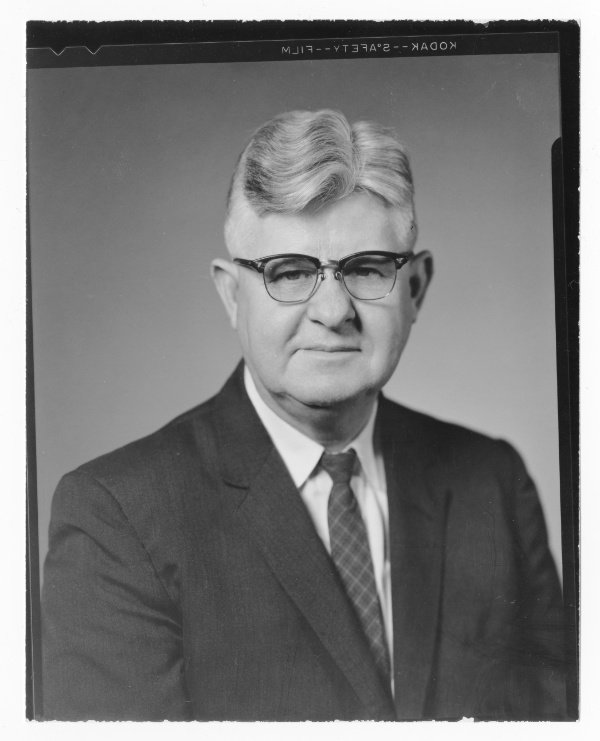
Early short course offerings included training for home demonstration agents, clay workers, poultry workers, beekeepers, hay graders, gas metermen, and electric metermen. Correspondence courses in ceramic engineering were described as the first of their kind in the country and enrolled students beyond the borders of North Carolina. The three schools at State College — Agriculture, Engineering, and Science and Business — all participated in developing and offering the correspondence courses. The courses were a mix, serving those who were pursuing college credit, teacher certification, and noncredit training.
Reports from the 1920s describe a growing, successful and responsive Extension Division. The number and types of offerings and counties served grew each year. An April 1930 article in the Technician noted that some of the courses were given at no charge: poultry production and poultry disease to farmers and 4-H boys and girls; literacy courses taught at Polk Youth Prison Camp in Raleigh; and psychology courses for nursing students. But the division was in its infancy when the Depression hit, and those times set the expectation that the division would be primarily self-supported by receipts from its programs. In budget reports from the early 1930s, Frank Capps is paid as the librarian, rather than the division director, and budget cuts and static salaries became the norm during this time.
During the Depression, the Extension Division’s correspondence courses were a means to increase pay through improved credentials and education. For example, public school teacher salaries were frozen, but they were able to receive raises if they elevated their teaching certificates through additional college coursework. Indeed, enrollment in the division’s offerings grew during the Depression. Correspondence courses drew enrollees from throughout North Carolina, other states, Europe and South America. Short courses also increased in scope and volume.
During World War II, State College was a recipient of funds from the federal Engineering, Science, Management, and War Training Program (ESMWT). The program was designed to quickly train workers for positions needed to support the war. Most courses lasted from four to six weeks and all were noncredit, although the division continued its correspondence courses during this time. The division coordinated the ESMWT training for State College. Some of the ESMWT courses were offered around the clock in eight-hour shifts, and they were held both on campus and off campus at locations around the state. In 1942, the division was considered a national leader in the number of its radio technician short courses. These courses were held at several locations in North Carolina and in collaboration with local radio stations and State College faculty.
Other examples of short courses run by the division during World War II included marine engineering, naval architecture, material testing, industrial plant protection, chemical testing and inspection, diesel engineering, and engineering training specifically for women. The division also worked with North Carolina’s Department of Vocational Education to offer courses such as welding, automobile mechanics, aircraft woodworking and blueprint reading. The war presented an opportunity for some prisoners, who were in good standing in state prisons, to participate in the training. Upon successful completion, they were paroled and employed in industry.

During the war, the division benefitted from the strength of State College’s engineering programs. For example, State College was one of five colleges selected in 1942 by the U.S. Army Air Forces to run a nine-week, 40-hour-a-week, short course in aircraft inspection. The course was open to both men and women and trained students to become civilian employees of the Army Air Forces. The Air Forces cited State College’s strong aeronautical engineering program and Raleigh’s central location for southern aircraft plants as reasons for its selection.
The division’s support of the military continued after the war. In 1946, the division was given responsibility for the college’s Veterans Guidance Center, which provided counseling and support to war veterans attending State College. These centers were set up at colleges as a result of the G.I. Bill and funded by the Veterans Administration. In 1947, State College and East Carolina Teacher’s College (later ECU) started offering credit-bearing courses at Fort Bragg (now Fort Liberty). The division coordinated this program for State College. The college also made use of war surplus property.
In 1947, the School of Engineering and the division partnered to launch the Morehead City Technical Institute, located on the former Camp Glenn. This was the first technical institute in North Carolina, and the institute offered a one-year technical/vocational certificate program. Before the rise of the North Carolina community college system, the Extension Division played an important role in providing technical education to North Carolinians.
In a 1928-29 report, which coincided with the 40th anniversary of North Carolina State College, President Brooks described the changes that had taken place in North Carolina since the college opened its doors to students: “It is quite probable that no other period in the world’s history has witnessed so many far-reaching discoveries and inventions that have been followed immediately by such developments in industry, such changes in business methods and organizations, and the appearance of so many entirely new vocations.”
This statement is as true today as it was in 1929, and the history of the division demonstrates its need to be ever-evolving and always relevant. In its first 25 years, the Extension Division responded to new industries, the latest farming techniques, the need for a more educated populace, the Great Depression, and World War II and its aftermath.
Today, NC State Continuing and Lifelong Education exists in a world that also has many challenges which include the rapid changes in technology, the regular need for workers to seek to upskill and reskill to stay relevant in today’s environment, and Continuing and Lifelong Education is helping to meet these challenges by offering programs from cybersecurity boot camps to project management workshops and leadership coaching certificate programs, among many others.
We’re celebrating all year! Sign up for email updates when new articles get posted, and for more information about our 100th Anniversary Celebration event:
